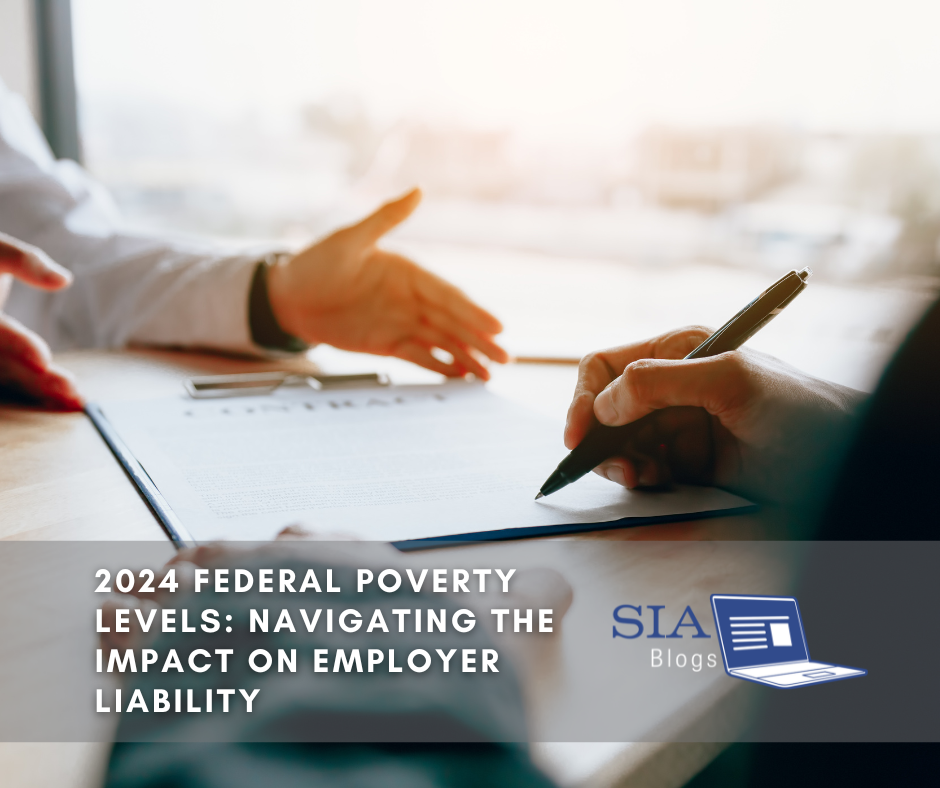Compliance
8 in 10 U.S. Companies to Monitor Office Attendance in 2024
In a recent survey conducted by ResumeBuilder.com, we delved into the practices of U.S. companies concerning office attendance tracking and the potential repercussions of noncompliance with return-to-office (RTO) policies. Our comprehensive study involved 800 business leaders overseeing a remote-capable workforce, revealing some noteworthy findings. Attendance Tracking Trends: Productivity and Mandated RTO: Consequences for Noncompliance: Incentives…
Read MoreCritical Employment Policies for 2024: A Comprehensive Review
Employee handbooks serve as vital tools for setting expectations, addressing workplace issues, and mitigating legal risks. Neglecting regular updates to employment policies can expose employers to potential lawsuits, fines, and liabilities. In the dynamic landscape of employment laws, staying abreast of new regulations is crucial. The start of the year presents an opportune time for…
Read More2024 Federal Poverty Levels: Navigating the Impact on Employer Liability
The U.S. Department of Health and Human Services (HHS) annually updates Federal Poverty Levels (FPLs) to determine eligibility for various programs. In 2024, the FPL for an individual increased to $15,060, affecting applicable large employers (ALEs) under the Affordable Care Act’s (ACA) pay-or-play rules. Key Points:
Read MoreExpansion of OSHA’s Injury and Illness Submission Requirements
OSHA (Occupational Safety and Health Administration) has introduced a significant update affecting employers, particularly those in high-hazard industries. This blog post breaks down the key points to help businesses navigate the new regulations. Current Requirements: Organizations with 20-249 employees in specific industries must electronically submit OSHA Form 300A annually. Establishments with 250 or more employees,…
Read More





